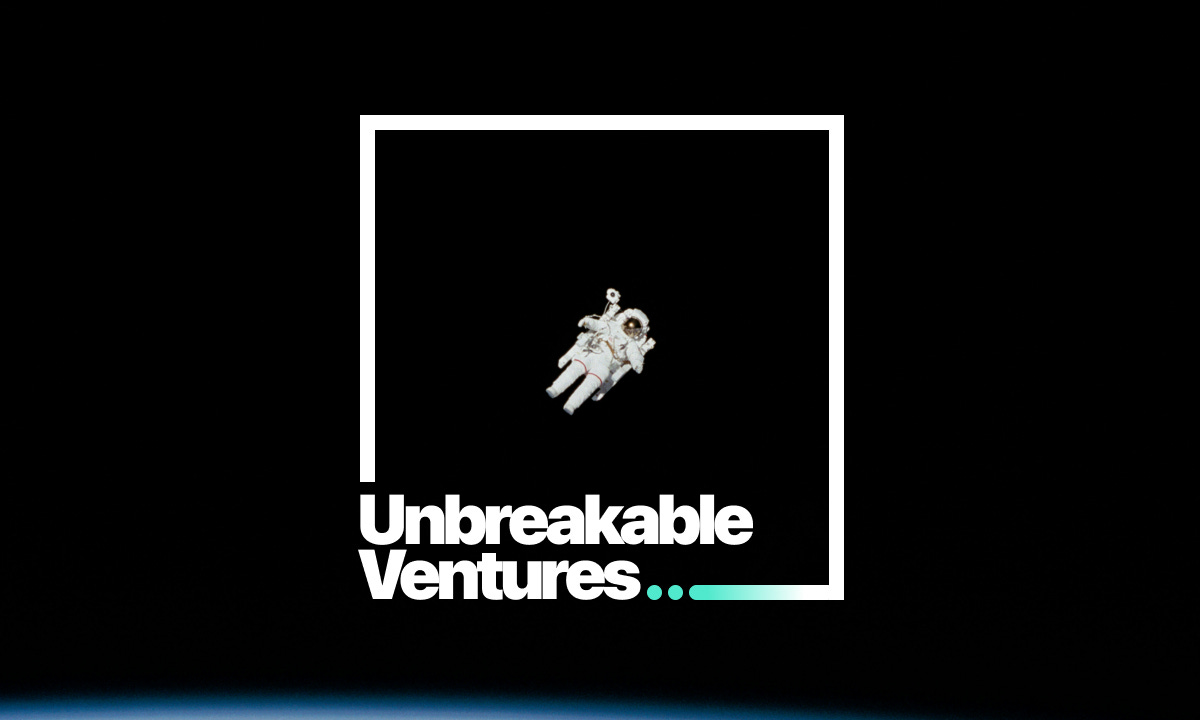Why communicating like an Astrophysicist could help you during a crisis
And why breaking down complex topics is a skill we should all learn.
The vast expanse of our universe has mesmerised me since I was a kid. When sleeping becomes difficult, it isn’t meditation or ASMR that shuts me off. It’s imagining the true expanse of our known universe that brings me peace.
As I’ve aged, I’ve discovered more details about physics and astronomy. I’ve studied the readings of Albert Einstein, Stephen Hawk…
Keep reading with a 7-day free trial
Subscribe to Unbreakable Ventures to keep reading this post and get 7 days of free access to the full post archives.



